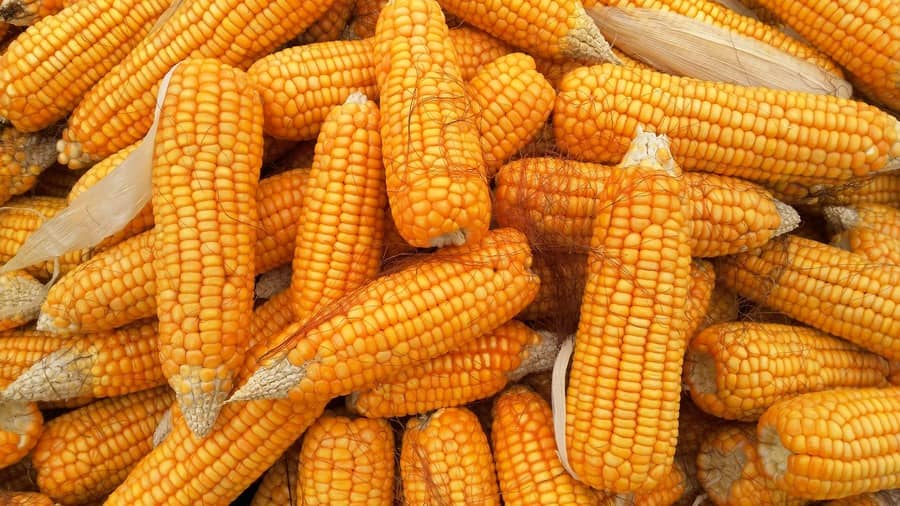Porto Alegre, October 19, 2021 – A larger-than-expected decline in exports? A longer washout supplying big buyers for longer than imagined? Farmers deciding to liquidate corn stocks because the rain has arrived, the summer crop started well, and soybean prices dropped? Given the relevant points of the moment, it seems clear that Brazilian growers continue to pressure sales, accepting lower prices and keeping buyers without needing a more aggressive action to resume business. Thus, exporters are the ones who continue to absorb new large volumes for November to January and, at this point, we may have some surprise about shipments in the period. The contrast between the halt in imports and the resumption of exports seems to have arrived ahead of schedule in a market that will try to keep prices stagnant until the start of the summer.
Rain has arrived in good volumes in Brazil, gradually in each region, allowing an excellent beginning of the 21/22 crop. A good development so far, recovering much of the soil water reserve in the South, Paraguay, and part of the Southeast and Midwest. Forecasts continue very favorable for the Center-North of Brazil for the remainder of October and November. Some models, however, are beginning to show the beginning of a decline in rain volumes for a good part of the South region. With the water reserve rebuilt, 10 to 20 days without rain will not change the profile of the regional crop. The only point of attention is the period of November and December when the crops of Rio Grande do Sul and Santa Catarina will enter pollination and silking.
It is also important that soybean planting is carried out in a good window, not just for this crop but also for the corn second crop. Good soybean planting leads to a more significant harvest in February and early March, some of which more premature in late January. This makes room for a good planting of the corn second crop, also inside of a good window. The only thing we must not rule out is the La Nina trend until July 2022 and a defensive attitude on the part of growers with the cut in the use of fertilizers.
Meanwhile, exports reached 12.8 million tons this business year, with a target of 18 million tons in exports. The possibility of reaching this target reveals this new buying wave in exports for shipments from November to January. There might be a stronger shipment pace in this period compared to September and October when trading companies ended up carrying out many washouts, reducing the pace of exports. This pace will determine the size of carryover stocks for 2022.
On the consumer side, stocks are declining. Some consumers in the South region still have some volume of imports to arrive in October and November, which guarantees short-term supply. There is the wheat harvest in Rio Grande do Sul next month, which may also act as a supply option for feedstuff. The summer planting developing well and crops in good conditions so far bring optimism about supply from January. Corn buyers believe they can lead the market to remain without major surges until the summer harvest, at least.
Producers, on the other hand, keep selling. Although prices have reached BRL 90/100/bag on average in most consumer regions, now producers continue to accept lower prices, which is really surprising. Although the supply and demand scenario has not fundamentally changed the situation, only exports were cut, this short, continuous regional supply has allowed consumers to contain prices and focus on a bearish curve.
Thus, even with imports being paralyzed and exports resumed, growers have decided to sell corn, accepting lower prices and collaborating so that we have a weaker general price picture in this month of October.
Agência SAFRAS Latam
Copyright 2021 – Grupo CMA

